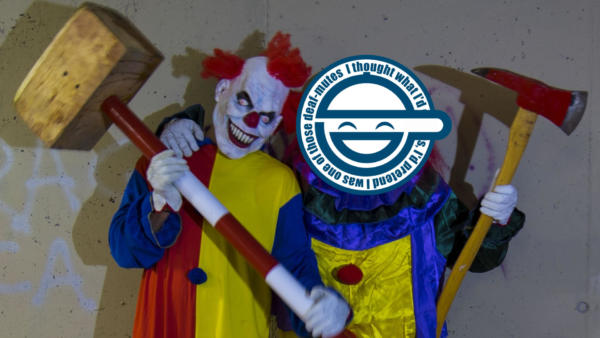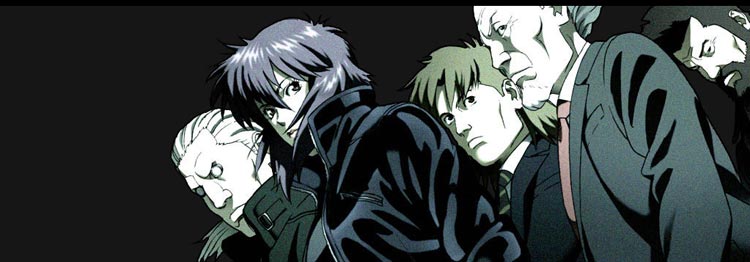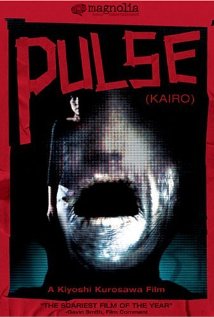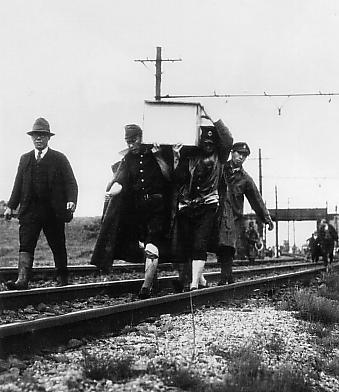
During April and May 1981, Boston school children reported sightings of clowns. Daniel O’Connell, the Investigative Counselor of Boston Public Schools, released a memo telling the principals about the sightings. As the days passed, police responded to reports of various clowns harassing children, but the police failed to find any suspects or confirm the reports. The sightings spread through various other cities, including Kansas City, Omaha, Pittsburg, and Denver ( Fee, 2016).
Some analysts suggest Stephen King’s It sparked the clown fears, but that doesn’t explain the resurgence of clowns today. These clown incidents lack a single event that sparked them. They are a real life Laughing Man Incident.
You may not know of the Laughing Man Incident. It’s a strange case from the anime show Ghost in the Shell. The incident contains many twists and turns, but it involves a string of people copying an unknown man known as the Laughing Man. The Laughing Man first appears on news streams when he assaults the head of Serano Genomics. The news media coins the name Laughing Man from the logo the man uses to hide his face from cameras and cyborgs. He hacks their eyesight. We eventually learn that the Laughing Man himself was inspired by a file he found online. The file inspired him to become something of a social justice warrior against certain corporations, but despite his effort to track down the file’s author he was unable to do so.
The investigators call the Laughing Man Incident a series of copies without an original. People copy the actions of the original Laughing Man, who was, in turn, copying the actions he read about in a file. The current clown situation involves copies without an original. In the 1980s, police were unable to pin down the first incident, if there was one. So too with today’s clown sightings. People copy what they see in the media and online which, in turn, is just a copy as well.
This points out a few facts. Media feeds on itself, particularly online media. It can be hard, if not impossible, to trace the beginnings of a meme or incident. Next, it points to how fears gain a life of their own before fading from awareness for a time. These fears return when least expected. Finally, this real life Laughing Man Incident points to how anime can describe reality. People scoff at anime, but intelligent anime like Ghost in the Shell can shed light on human behavior. Not all anime involves fluff and hijinks.
References
Fee, Christopher and Jeffrey Webb (2016) American Myths, Legends, and Tall Tales: An Encyclopedia of American Folklore.



